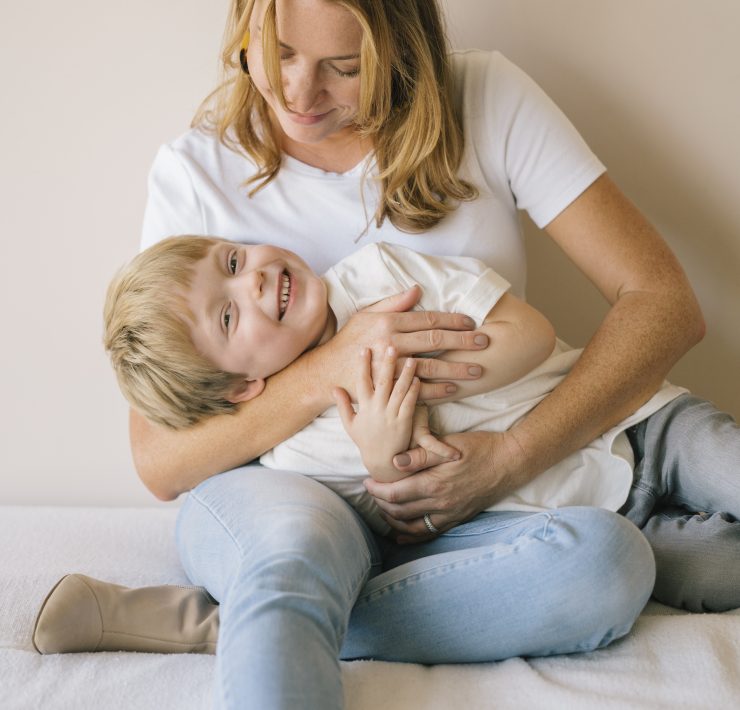
Dr. Zabina Bhasin's guide to the cultures and candies behind this year's most popular halloween costumes.
If your child is dressing up as Mulan or Black Panther this year, you have an amazing opportunity to teach them about the culture behind their favorite character. Dr. Zabina Bhasin, founder of the lifestyle brand In KidZ has created a guide for this year’s most popular Halloween costumes. The guide includes character bios, cultural lessons, costume notes, and more.
In KidZ celebrates diversity and empowers children with cultural awareness through their bi-monthy Culture Box subscription.
Dr. Zee’s Halloween guide includes the culture (and candies!) behind Mulan, Jasmine, Moana & Maui, Cleopatra, T’Challa/Black Panther, Mira – Royal Detective, and Día de los Muertos costumes.
With Disney’s recent live-action release of Mulan, Dr. Zee predicts it to be the IT costume in 2020.
Who is Mulan?
She’s a female warrior from China.
Where does the costume originate from?
The clothing for Mulan—including the Hanfu—is primarily from the Tang Dynasty. This era lasted nearly 300 years and was regarded as China’s Golden Age of arts and culture.
What does she wear and why?
Mulan wears a red robe in the warrior scenes. In Chinese culture, red has always been one of its official colors and it signifies the individual’s ties to the throne. Tt can also identify a person with their specific tribe. Women’s dresses typically featured elongated sleeves, with an emphasis on high waists, and the outfits generally consisted of very, very long floating garments that reached the ground. The large flower pattern is lively and free and celebrates the richness of the culture. In terms of colors, golden yellow is the exclusive color of the emperor and the royal family.
Since Mulan is dressed like a warrior, it’s important to talk about men’s clothes, too (since at that time, men were exclusively the warriors). In contrast to the women’s costumes, men’s robes are mostly solid colors with no patterns. She took great risks assuming a role exclusively reserved for men.
The Tang-era costumes, like Mulan’s, had a tremendous impact on the life and culture of Chinese people in later dynasties, becoming a unique form of ancient Chinese culture and art.
Cultural Sweets
Haw Flakes: A favorite among children, these traditional candies are made from hawthorn fruit and appear as paper-thin wafers.

White Rabbit Candy: A contemporary, western taffy shaped like a tootsie roll with a milky taste. Thin, edible paper-like wrapping made from sticky rice wraps around each piece of candy. The whole candy, along with the rice paper wrapping, is meant to be eaten together.

For Dr. Zee’s complete guide to costumes, visit https://www.inkidzco.com/customs-behind-costumes/.
What are you little ones going to be this year? I don’t know how we’ll ever top last year’s costume.
Zabina Bhasin is a physician, mom of two, and founder of In Kidz -- a lifestyle brand dedicated to empowering children with cultural awareness. You can find her at inkidzco.com.
Jessica Butler is the co-founder of Raise, stepmother of two, and adoptive mother of one. Prior to Raise, she was a writer on USA’s "In Plain Sight" and TNT’s "The Last Ship." She and her husband, writer/producer Warren Bell, co-created the Nick at Nite series "Instant Mom," based on her life as a stepmother. She lives in Los Angeles with her husband and six-year-old son, Levon.


